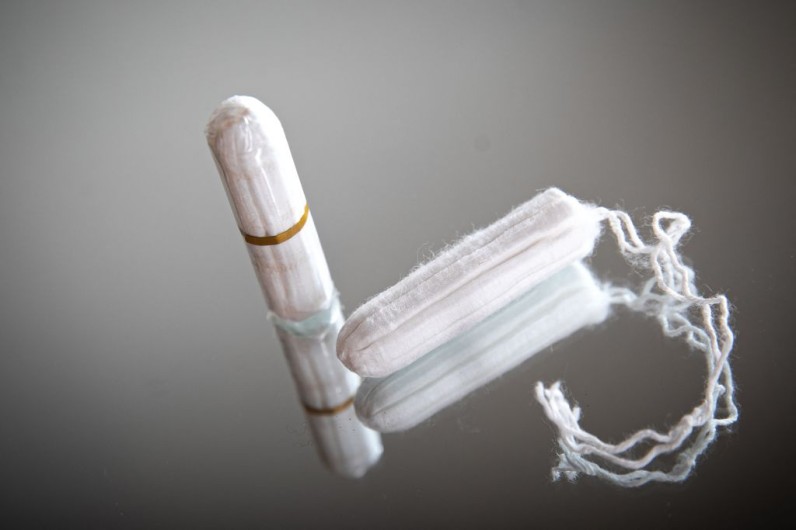
A recent study discovered that a wide range of tampons sold in the US and Europe contained over a dozen metals, including lead and arsenic.
This finding has raised concerns about the safety of menstruation products used by millions of women.
Study Reveals Presence of Toxic Metals in Tampons
According to CBS News, a recent study published in the journal Environmental International revealed concerning results regarding the presence of lead in tampons.
The study tested 30 tampons from 14 different brands, all of which were purchased from major online retailers and stores in the US, UK, and Greece. The findings showed that lead was detected in all of the tested tampons, raising potential health concerns.
The analysis examined the levels of various elements in the sample, including arsenic, barium, calcium, cadmium, cobalt, chromium, copper, iron, manganese, mercury, nickel, lead, selenium, strontium, vanadium, and zinc. A total of 16 metals were found in a single product.
Additional research is needed to investigate the potential leaching of metals from tampons. This is of concern due to the higher permeability of the vaginal skin compared to other areas of the body.
The study was led by Jenni Shearston, a postdoctoral scholar at the University of California Berkeley School of Public Health. According to the researchers, substances that enter the bloodstream from the vagina would not be filtered by the liver.
A recent study found that organic tampons contained higher levels of arsenic and lower levels of lead compared to non-organic tampons.
Tampons Sold in the US Show Higher Lead Levels
Additionally, the study revealed that tampons sold in the US had higher lead concentrations than those sold in Europe.
Some of the popular brands in the tampon industry are Tampax by Procter & Gamble, Kotex by Kimberly-Clark, and Playtex by Edgewell Personal Care. The three companies have yet to provide any comments in response to the requests.
The study highlighted that tampons are typically manufactured using cotton, rayon, or a combination of both. It also suggested that the presence of metals in tampons could potentially be attributed to the plants used to produce these materials, which may have absorbed them from the soil.
Metals may also be present due to the use of chemicals for antimicrobial purposes or to manage odor, according to Daily Mail.







Join the Conversation